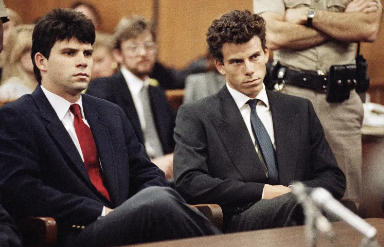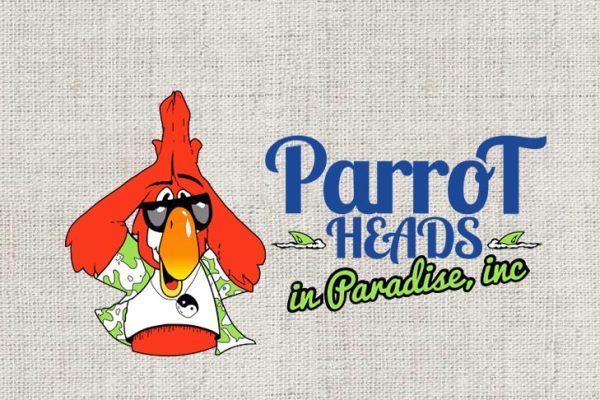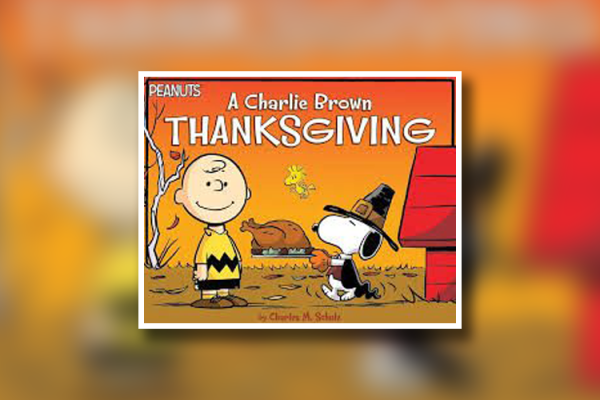Heroin epidemic wreaks havoc across the United States
Over the course of the past few years, there has been an epidemic in the United States. The disease has been taking hundreds of lives and destroying families in the process. However, this disease is not caused by any virus or bacteria, it is manmade.
That disease is heroin. Heroin, along with methamphetamine and cocaine, is one of the worst drugs on the planet. Heroin is extremely addictive, meaning that even after one try, users can become hooked and develop an addiction.
The scientific name of heroin is diacetylmorphine, though on the streets it is given names such as tar, smack, and H. The drug is synthesized from morphine, which is naturally found in the opium poppy plant. When it enters the brain, heroin is converted back into morphine.
Heroin is most commonly injected into the veins. It gives the user an intense feeling of euphoria, and makes the user drowsy. The drug also lowers the heart rate and slows breathing.
Heroin overdoses usually involve the slowing of breathing and lower heart rate, which affects the amount of oxygen that goes to the brain. This lack of oxygen supply to the brain can lead to unconsciousness, coma, permanent brain damage, and in the worst cases, death.
Heroin usage can also lead to the transmission of HIV and hepatitis through the sharing of needles used for injection.
Not only does heroin kill, but it also affects the personality and puts strain on the family of the addict. “I think it starts with the person that uses it. They become addicted, and need to continue their new ‘hobby,’ but that’s with any drug,” said senior Andrew Humphries.
“They start lying about it, and their attitude is completely different. They have mood changes and become a lot more negative. Heroin is very deadly, but they don’t see the true danger.”
The heroin epidemic has been hitting the Greater Cincinnati area particularly hard. Mark Walters works for the TriHealth Bethesda Butler Hospital in Hamilton and for Green Township Fire/EMS. He explained, “On a 12 hour shift at the hospital, we usually see at least one heroin overdose and sometimes as many as 5 in one day.”
Though there has been an alarming number of overdoses, most of the overdose patients in the hospital survive. “By the time they come to us, fire departments have already gotten to them, so they have already been given Narcan inside our life squads or out in the field,” said Walters.
“We do get a couple that don’t make it, but I would say probably 90% of them get released.”
The sad truth is that thousands of people each year are not so lucky. According to the Center for Disease Control and Prevention, the number of drug overdose deaths has been increasing for two decades, but heroin deaths are increasing at a shocking rate.
In 2012, heroin killed 5,927 people. The following year in 2013, there were 8,260 heroin overdose deaths, a 39% spike.
U.S. Attorney General Eric Holder called heroin “an urgent public health crisis” in America. Still a growing national problem, there is no end in sight to the heroin epidemic that is destroying lives and families across the United States.

This is my second year writing for The Purple Quill. As a junior, I was the News Editor and I am currently Co-Editor of the print edition of the Quill....















Stefany • Jan 28, 2015 at 9:00 pm
Great article about a truly devastating epidemic in our city.